Mention a trip to Italy, and many of us think of the Big Three: Rome, Florence, and Venice, all of which are wonderful and worth a visit. But if you crave travel that will show you the “real Italy,” you’ll want to consider Emilia Romagna. Nestled between the Apennine Mountains and the Po River, this is one of Italy’s most captivating and culturally rich regions. Known for its historical cities, culinary traditions, and vibrant arts scene, this area offers a perfect blend of experiences for travelers seeking both relaxation and exploration. Whether you’re a history buff, a foodie, or simply in search of authentic Italian culture, Emilia-Romagna promises to be an unforgettable destination.
To be a bit more specific, imagine yourself strolling down the medieval streets of Bologna, seeing the gorgeous, jewel-like mosaics of Ravenna, and tasting the most luscious foods of Modena and Parma, namely the best balsamic vinegar and Parmigiano Reggiano cheese in the world.
NextTribe is taking a small group of women to the Bologna region in March 2025. Want to join us and dive into the divine food culture? Get all the details here.
“My first time in Bologna opened up a whole new understanding of Italy,” says NextTribe Founder Jeannie Ralston. “I had traveled through many other parts of the country, but never knew how beautiful and important Bologna was,” Ralston reports that her Italian mother swooned when talking of Bologna. “It’s Italy’s best-kept secret,” she said. “So much more accessible and less crowded than where tourists typically go.”
Read more about what makes Emilia-Reggiano a destination to add to your must-see list.
Planning Your Trip: Weather and When to Visit
Located in northern Italy and sprawling from Milan to Bologna and beyond, Emilia-Romagna is a fantastic destination year-round, but the best times to visit are in the spring (NextTribe likes to visit in March, just as the season starts to unfold) and early fall (September to October). During these months, the weather is pleasant and ideal for exploring the region’s cities and countryside. In spring, temperatures typically range from the mid-50s to low 70s, while in early fall, you can expect similar temperatures, with highs in the mid-70s. The blooming landscapes and vibrant outdoor markets make spring especially charming, while fall offers the added appeal of harvest season, perfect for food and wine lovers.
Spring is a great time to visit Emilia-Romagna, with its blooming landscapes and vibrant outdoor markets.
Summers in Emilia-Romagna (July to August) can be quite hot, with temperatures often reaching the upper 80s to low 90s. While this is a great time for coastal visits, it can be less comfortable for city exploration, depending on your personal thermostat. Winters (December to February) are a great excuse to break out your favorite chunky sweater and down jacket combo, with temperatures ranging from the mid-30s to mid-50s. While winter is quieter and offers a more peaceful experience, some outdoor attractions may have limited access. Overall, spring and fall offer the perfect balance of comfortable weather and vibrant local events, making them the ideal times to experience all that Emilia-Romagna has to offer.
How to Get to Emilia-Romagna
For Americans traveling to Emilia-Romagna, the most convenient entry point is Bologna Guglielmo Marconi Airport (BLQ), located just a few miles from Bologna’s city center, which is definitely a must-see when visiting. This airport serves as the primary gateway to the region. While direct flights from the U.S. to Bologna are limited, travelers can easily connect through major European hubs like London, Frankfurt, or Paris.
From the East Coast, flight times to Bologna, including a layover in Europe, typically range from 10 to 12 hours. For those departing from the West Coast, total travel time usually stretches to around 14 to 16 hours, depending on the duration of the layover.
If you hate changing planes, fly into Milan’s Malpensa or the Florence airport vs. Bologna; you’re more likely to get a direct flight.
Can’t stand changing planes? We hear you. Another option is to fly into Milan Malpensa Airport (MXP) or Florence Airport (FLR), both of which are within a 1.5- to 2-hour train ride from Bologna. These airports offer more flight options, including direct flights from several U.S. cities. You could rev up with a cappuccino and head to the train station, get seated, and enjoy riding to your destination as you gaze out the window at smaller towns and acclimate to la dolce vita you are about to experience.
Emilia-Romagna: A Crash Course in Its History
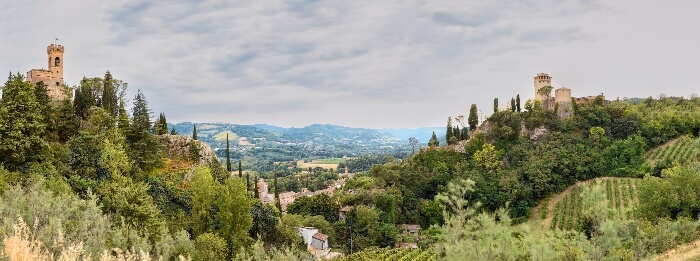
This area of Italy will reveal amazing aspects of the past, from winding streets and centuries-old buildings to foods that have been perfected over the generations. Indeed, Emilia-Romagna is a region steeped in history and culture. The area has been inhabited since ancient times, with evidence of Etruscan, Celtic, and Roman civilizations.
During the Roman Empire, Emilia-Romagna was a crucial crossroads, thanks to the Via Aemilia, a major Roman road that connected key cities. The region’s name itself is derived from this road (Aemilia) and the Romagna area, which was once the center of Byzantine power in Italy.
In the Middle Ages, the region was a patchwork of independent city-states, each with its own unique identity and contributions to art, science, and culture. Bologna, home to the world’s oldest university, became a center of learning, while cities like Modena, Parma, and Ravenna flourished with architectural and artistic achievements, including Ravenna’s famous Byzantine mosaics.
Emilia-Romagna is revered for its rich cultural heritage, its vibrant arts scene, stunning architecture, and—most definitely!—its unbelievably amazing cuisine. You will eat very, very well.
Today, Emilia-Romagna is celebrated for its rich cultural heritage, its vibrant arts scene, and stunning architecture. Visitors are drawn to its beautiful cities, historic sites—and its sumptuous cuisine. You will eat very, very well, and can become an expert in Parmigiano Reggiano, prosciutto, and traditional balsamic vinegar. Whether exploring ancient mosaics or enjoying a cooking class, Emilia-Romagna offers an authentic and immersive Italian experience. Ready to learn more about this memorable Italian region? Here we go!
Bologna Unbound: Exploring the Heart of the Region
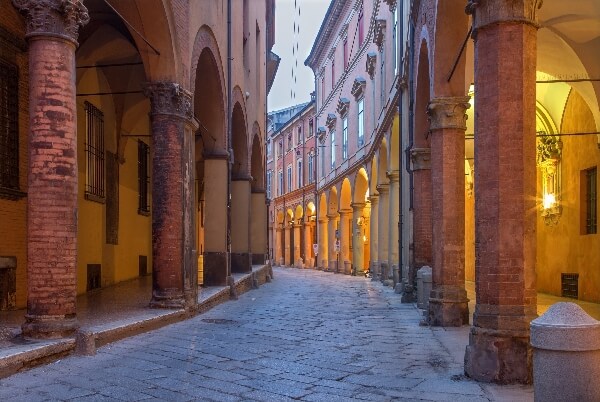
A great place to begin your journey is Bologna, the capital of Emilia-Romagna, a city that perfectly encapsulates the essence of the region. Known as “La Dotta, La Grassa, La Rossa” (The Learned, The Fat, The Red), Bologna is a sophisticated university town with a rich culinary heritage and stunning terracotta-colored buildings.
A walking tour of Bologna’s historic center is a terrific way to see this city and appreciate its architecture. You might start at Piazza Maggiore, the city’s main square, surrounded by iconic buildings such as the Basilica di San Petronio and Palazzo d’Accursio (which holds the municipal art collection and has a gorgeous clock tower), as well as the Neptune Fountain, with its gigantic statue of the god clutching his trident. Depending on the hour, stop for an espresso or a glass of local wine, and marvel at your surroundings.
In Bologna, you’ll be immersed in traces of ancient Roman buildings and Renaissance splendor. Stunning churches, statues, and fountains await.
As you stroll through the medieval streets, you’ll be immersed in Bologna’s history, from its Roman roots to its Renaissance splendor. One highlight: the Santo Stefano churches, a complex of seven interconnected churches dating back to the 5th century. If the churches are open, you’ll have the chance to explore this fascinating site, known as “Bologna’s Jerusalem,” due to its ancient and sacred atmosphere. Another wonderful spot is the Compianto of Santa Maria della Vita, where you’ll see a series of poignant terracotta sculptures depicting the mourning of Christ by mostly women, a masterpiece of Renaissance art.
A Taste of Bologna
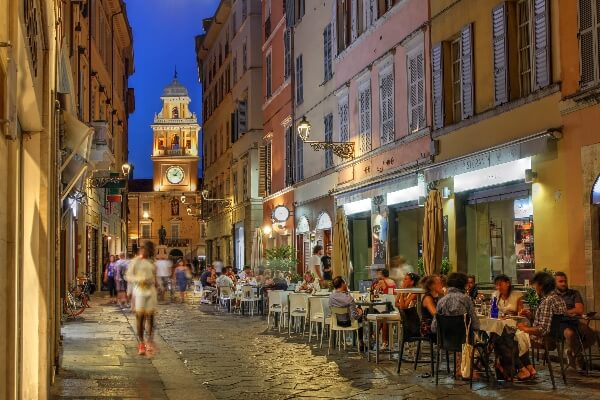
A great spot to finish your walk through the city of Bologna, especially at dinner time, is the lively Pratello area, a neighborhood known for its vibrant nightlife and array of restaurants offering traditional Bolognese cuisine. This is the perfect opportunity to indulge in local specialties like tagliatelle al ragù, tortellini, and mortadella.
In fact, fantastic food (even the simplest of ingredients and dishes) is everywhere in Bologna. Definitely tour the city’s three major food markets. They offer a feast for the senses, with brilliant displays of fresh produce, cured meats, cheeses, and baked goods. As you explore the market, you’ll learn about the region’s culinary traditions and can snack as you go.
After exploring Bologna’s food markets, make a pit-stop at a gelateria or tour a chocolate factory—yum!
Pit-stop at Cremeria alla Vecchia Stalla, where you can indulge in some of Bologna’s finest gelato. A pro tip: The best gelato is not to be found in places that have the product piled up in glorious displays in glass cases. The freshest gelato–often made that morning–can be found in shops that have the treat stored in metal canisters.
Consider extending your food tour by visiting the Roccati Chocolate Factory, where you’ll get an inside look at the art of chocolate-making and perhaps taste some delicious treats. (Many of us grew up with the idea of Switzerland making the best chocolates, but please defer judgment till you have tasted those from Italy!)
Another way to savor what Bologna has to offer is to take a cooking class. Whether in town or a nearby villa in the village of Castel San Pietro (a 15-minute train ride away), you can learn such skills as making a pasta dish from scratch, deepening your appreciation for Emilia-Romagna’s rich culinary heritage.
What to Do in Emilia-Romagna: Art and History in Ravenna
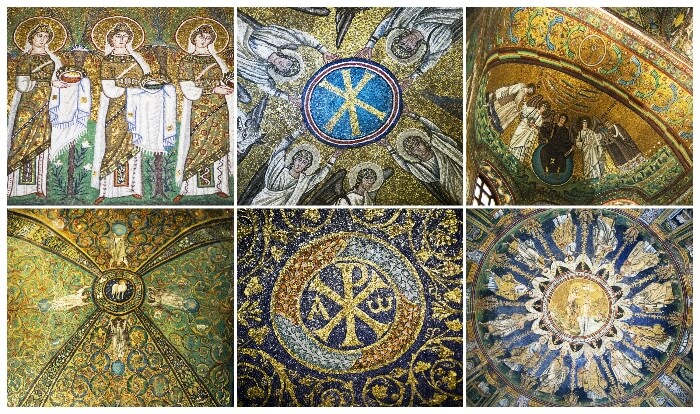
Ravenna is the perfect day trip destination from your home base of Bologna. Once the capital of the Western Roman Empire and later, the Byzantine Empire’s seat in Italy, the city was a seat of power centuries ago, and it shows. You’ll find stunning mosaics adorning the city’s many ancient churches and monuments. These date back to the 5th and 6th centuries and are awash in deep sky blue, gleaming gold, deep russet, and bright orange. Seeing them in person is truly a transcendent moment; the kind that defines transformational travel and links you to the human experience and artistry that spans the centuries.
Seeing the mosaics in Ravenna, which date to the 5th and 6th centuries, in person is a truly a transcendent moment. It’s the kind of moment that defines transformational travel.
Among the most famous locations to visit while there: are the Basilica di San Vitale, the Mausoleum of Galla Placidia, and the Basilica of Sant’Apollinare Nuovo. These sites house some of the finest examples of Byzantine art in the world, with intricate mosaics that have stood the test of time. Also, if time allows, take in Dante’s Tomb or the Archiepiscopal Museum (aka the Archbishop’s Chapel), which houses the famous ivory Throne of Maximian.
If you stop and refuel at one of Ravenna’s charming trattorias (please do), be sure to sample piadina, a local specialty that’s a flatbread filled with various ingredients. You’ll find more about the best authentic Italian dishes to try in Emilia-Romagna below.
Next Stop, Modena: Perfect for Balsamic-Vinegar and Opera Buffs
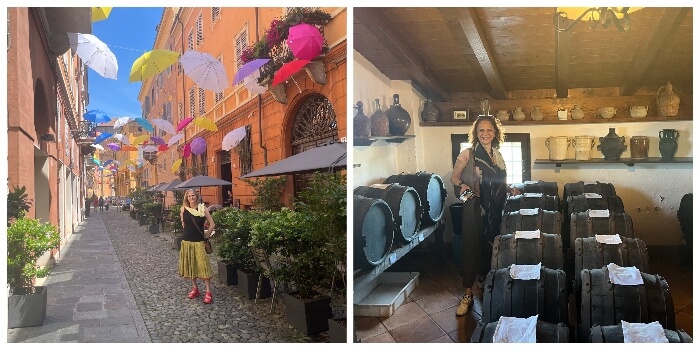
A bit northwest of Bologna and only a short train ride away, you’ll find Modena, a city that won’t disappoint. It’s renowned for its balsamic vinegar, fast cars, and rich cultural heritage. We urge you (maybe even order you) to schedule a stop at a traditional balsamic vinegar distillery. You can find one just outside of town, where you can learn about the painstaking process of producing what’s called “aceto balsamico tradizionale di Modena,” a product that has been perfected over centuries. A tasting session will allow you to savor the deep, complex flavors of this liquid so many of us love.
Head to one of Modena’s balsamic vinegar distilleries for a tour and tasting. You’ll gain new appreciation for this liquid’s deep, complex flavors when you learn how it’s made.
You may wonder, “What is balsamic vinegar made from?” Answering this won’t spoil a session at the distillery: Traditionally, it’s made from “mosto” in Italian or “grape must” in English, which is the sweet juice of just-pressed grapes that are then boiled down, fermented, and aged for years–often 25 or longer–in wooden barrels. (I had convinced myself that it came from the pine needles on a balsam tree, whoops!)
There’s plenty more to do and see in Modena. The Modena Cathedral, which is among Italy’s UNESCO World Heritage sites, and the Ghirlandina Tower await, stunning testaments to this city’s beauty. You might also book a seat for an opera performance. Modena is the birthplace of Luciano Pavarotti, and the city’s passion for music is palpable in its vibrant cultural scene. Attending an opera in Modena is a fitting way to end a day immersed in the city’s artistic and culinary traditions.
Another of Italy’s beautiful places, the nearby Reggio Emilia, is also renowned for its musical heritage. Fun fact: It’s where Pavarotti debuted in Bohème, and it’s home to the largest open-air concert arena in Europe, the RCF Arena.
Parma: A Foodie Paradise
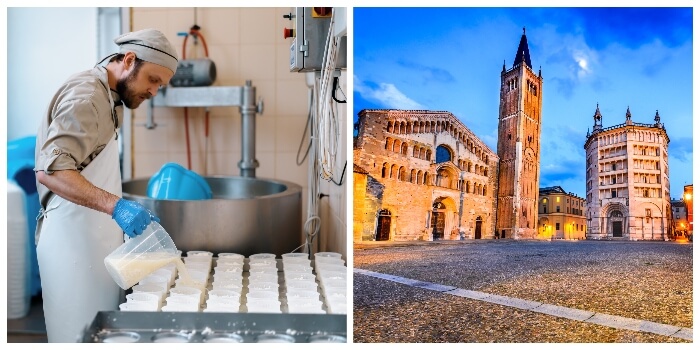
Continuing to the northwest of the Emilia-Romagna region, you’ll find Parma, a city synonymous with such beloved savory delights as Parmesan cheese and prosciutto. While here, you will want to visit a Parmigiano Reggiano producer, where you’ll witness the cheese-making process and taste ricotta made fresh that morning, along with different ages of Parmesan. This experience will give you a new appreciation for this irresistible cheese, which has been made in the region for centuries. The pride with which it’s made and how deeply the local traditions are honored may well make this a highlight of your trip. Snap some selfies!
“What’s amazing is how something that seems too simple can be elevated to such a remarkable level,” says NextTribe’s Ralston of her cheese-making and -tasting experience.
Fresh ricotta, perfectly aged Parmigiano Reggiano, and delicate prosciutto await in Parma. Get ready for great food and bonding with the locals who make these irresistible delights.
Touring a prosciuttificio, where famed prosciutto di Parma is made, can be another way to immerse yourself in Italian life in Emilia-Romagna. You’ll witness the careful selection of pork and the meticulous curing process. A tasting will allow you to savor the delicate flavors of this world-renowned treat which some call Parma ham. Chatting with your hosts can help you better understand one of the important cornerstones of this area, offering insight into both culinary and workaday traditions.
There’s even a cluster of Food Museums to visit, telling the story of the local Parmigiano Reggiano, tomatoes, Parma ham, and Felino salami!
But it’s not all about food: An afternoon spent exploring Parma’s historic center will reveal many fantastic places, such as the Parma Cathedral, the Baptistery, and the Teatro Farnese, a stunning wooden theater dating back to the 17th century. Take a tour of the gilded 19th-century Teatro Regio for a stunning view of this opulent, still-in-use opera house.
A Food Glossary for Emilia-Romagna
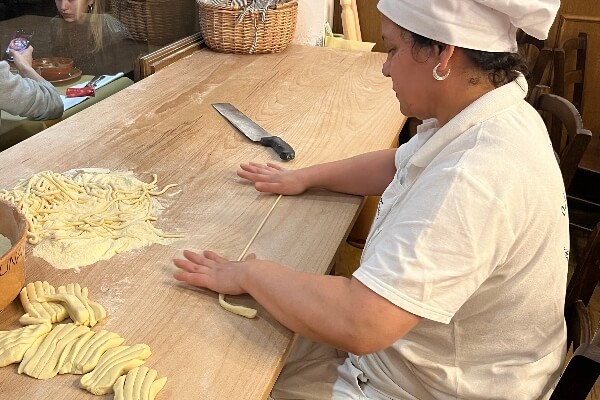
Of course, there’s more to the Emilia-Romagna region than food, but, let’s face it, eating really, really well is one of the joys of visiting this part of Italy. Equip yourself with this list of local ingredients and dishes to savor.
- Parmigiano Reggiano: A hard, granular cheese made from raw cow’s milk, aged for at least 12 months. Often referred to as the “King of Cheeses,” it’s used in cooking, grated over dishes, or enjoyed on its own.
- Prosciutto di Parma: A type of dry-cured ham from Parma, aged for at least 12 months. It has a delicate, sweet flavor and is typically sliced thin and served with melon or bread.
- Aceto Balsamico Tradizionale di Modena: Traditional balsamic vinegar from Modena, made from reduced grape must and aged for at least 12 years. It has a rich, complex flavor and is used in salads, drizzled over cheese, or as a finishing touch to various dishes.
- Tortellini and Tortelloni: Both of these ring-shaped pasta are popular in the Emilia-Romagna region, but they have key differences. Although the two share a similar shape, tortelloni are larger than delicate little tortellini. While tortelloni is traditionally filled with a combination of vegetarian ingredients, tortellini usually features a meat filling. typically stuffed with a mixture of meat, cheese, or vegetables. In Emilia-Romagna, tortellini is often served in broth (tortellini in brodo)–a signature dish of Bologna.
- Tagliatelle al Ragù: A classic Bolognese dish featuring long, flat pasta noodles (tagliatelle) served with a slow-cooked meat sauce (ragù) made from beef, pork, tomatoes, and wine.
- Lasagna alla Bolognese: A layered pasta dish from Bologna, made with sheets of fresh egg pasta, Bolognese ragù, béchamel sauce, and Parmigiano Reggiano. Baked until golden and bubbly.
- Piadina: A thin, Italian flatbread from the Romagna area, traditionally cooked on a hot griddle and filled with ingredients like cheese, ham, or vegetables.
- Cotechino: A traditional pork sausage from Modena, often served during winter and festive occasions. It’s typically boiled and served with lentils or mashed potatoes.
- Mortadella: A large Italian sausage made from finely ground, heat-cured pork, flavored with spices, and studded with small cubes of pork fat. It’s a specialty of Bologna and is often sliced thin and enjoyed in sandwiches or on its own.
- Zuppa Inglese: A traditional dessert similar to trifle, made with layers of sponge cake soaked in Alchermes liqueur, custard, and chocolate, topped with whipped cream.
Outdoor Adventures in the Emilia Romagna Region
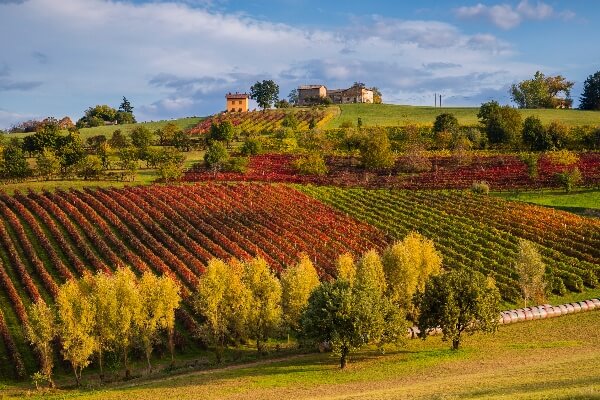
In addition to seeing the best cities and towns and doing the best things each one offers, there are plenty of outdoor activities in Emilia-Romagna, from easy walks in small towns to more demanding hikes in the mountains of national parks.
Stretching more than 300 miles, the Alta Via dei Parchi is the longest hiking trail in the Emilia-Romagna Apennine mountains. It traverses eight different parks and can offer stunning views. This region of Italy is also crisscrossed by about 18 pilgrims’ paths, for those who want to follow in ancient footsteps and seek a more spiritual path.
This region of Italian is also home to a 300-plus mile hiking trail, pilgrims’ paths, and great cycling opportunities.
Another popular option: cycling through the Italian countryside, possibly the best way to see small towns, vineyards, orchards, farms, and stunning landscapes.
Wrapping Up Emilia-Romagna
Emilia-Romagna is a region that offers something for every traveler. Its rich history, from Roman times through the Renaissance and beyond, is evident in its architecture, art, and culture. The region’s culinary traditions are among the best in Italy.
A journey through Emilia-Romagna is more than just a vacation—it’s an opportunity to discover the heart and soul of one of Italy’s most beloved regions.

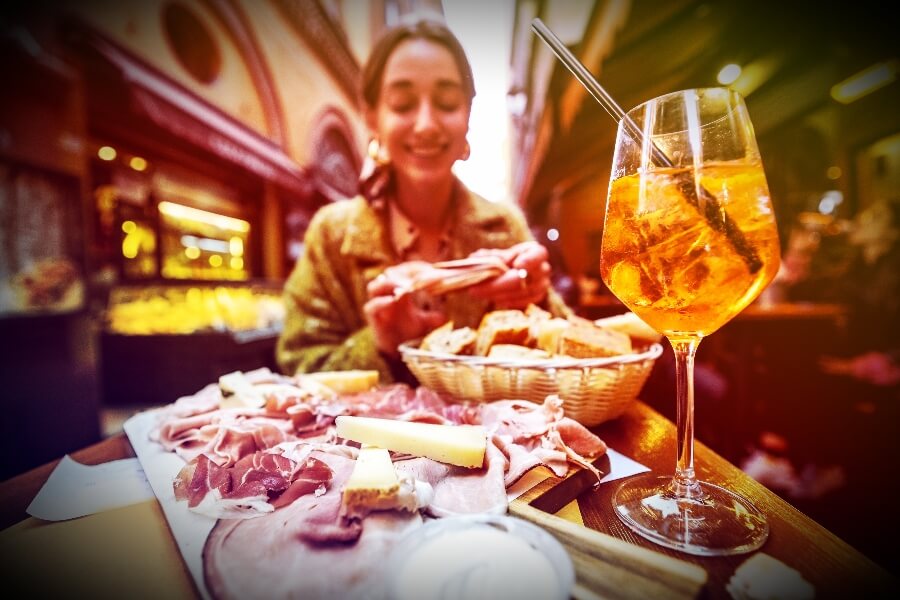


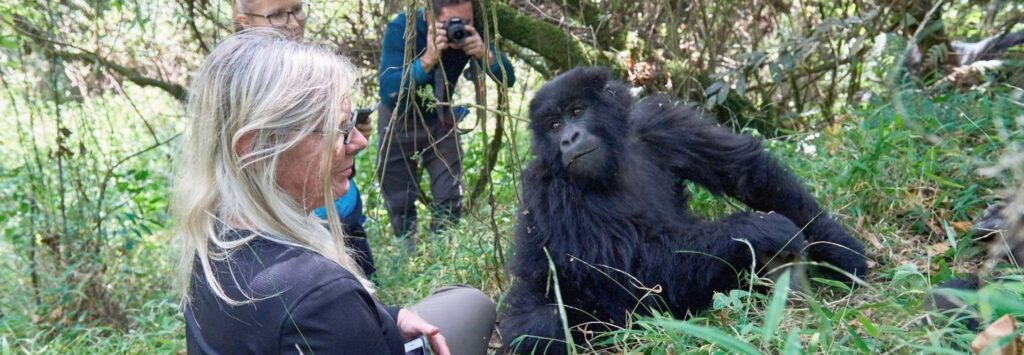


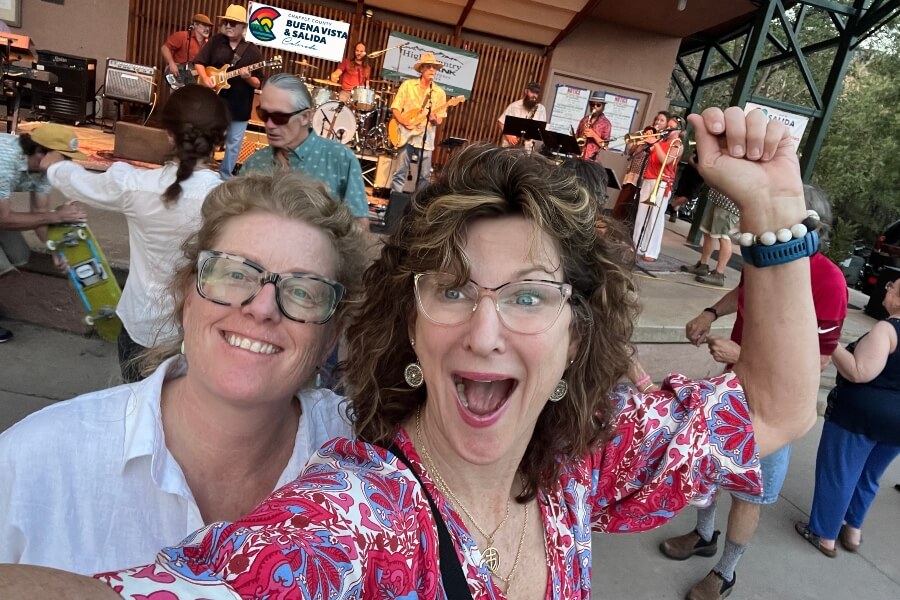


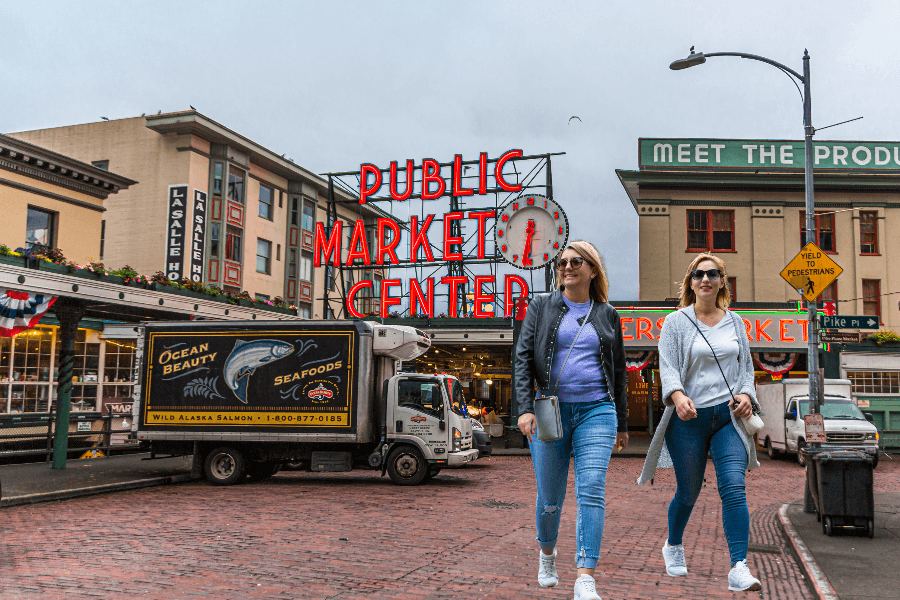




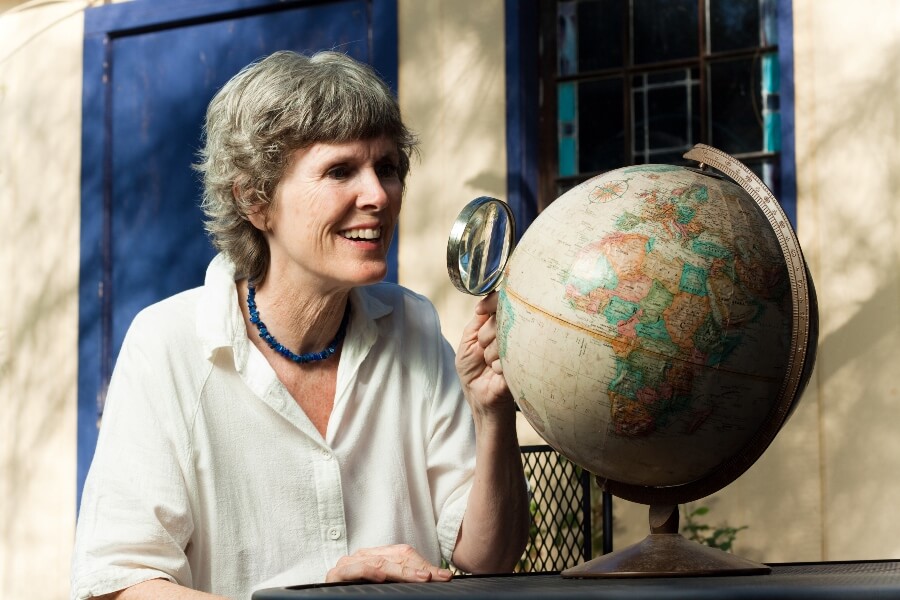
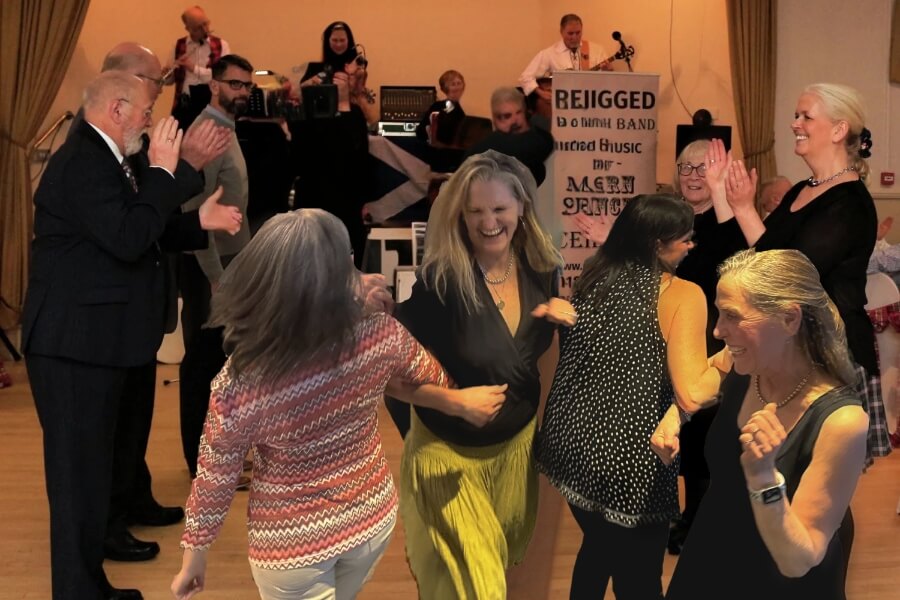

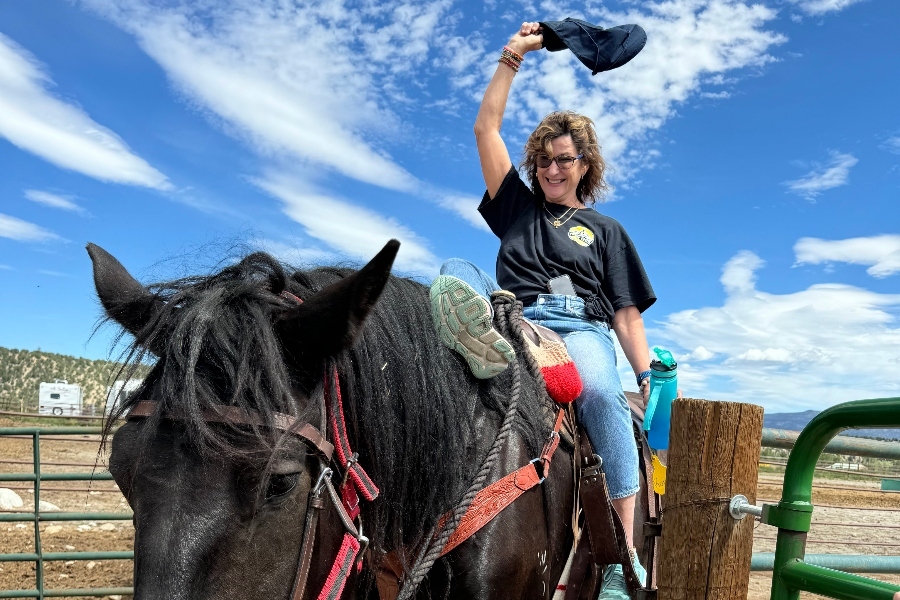




0 Comments